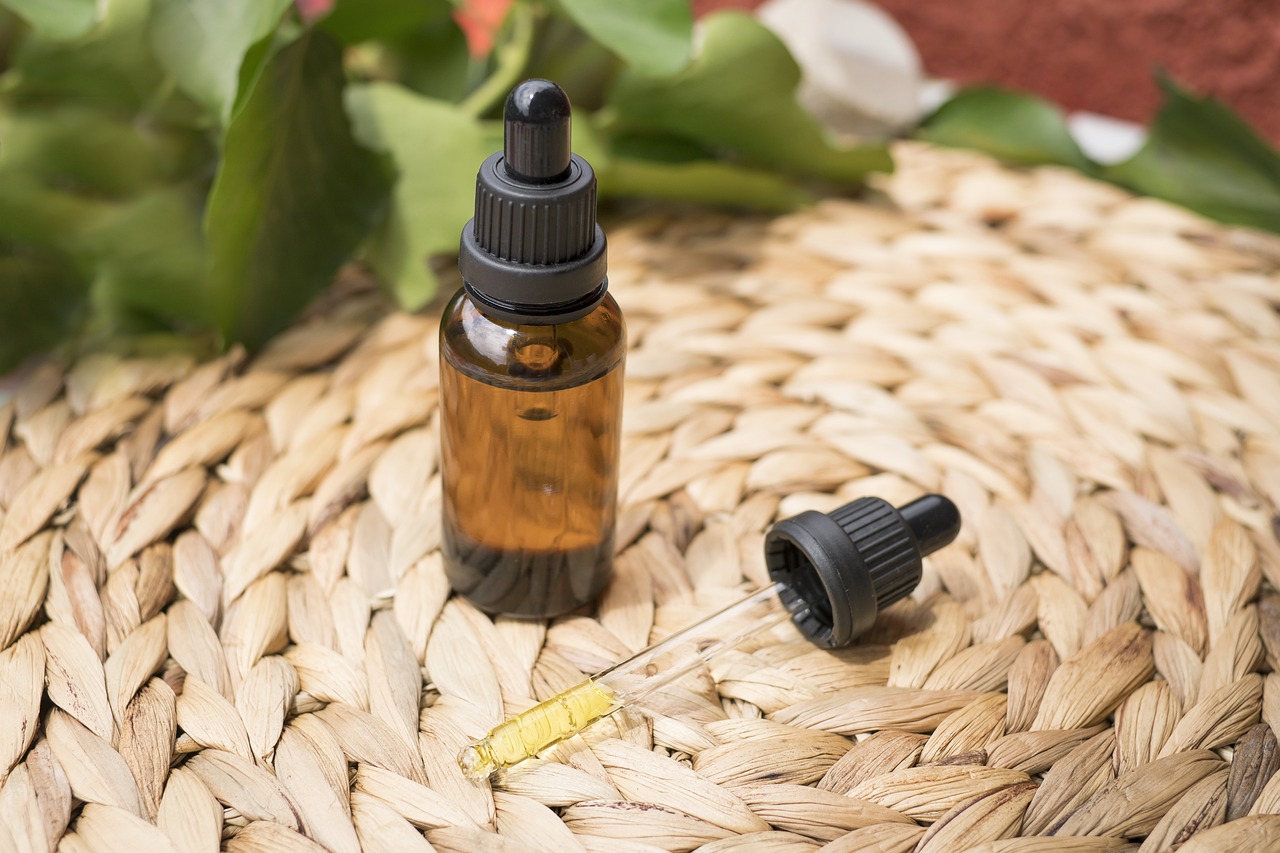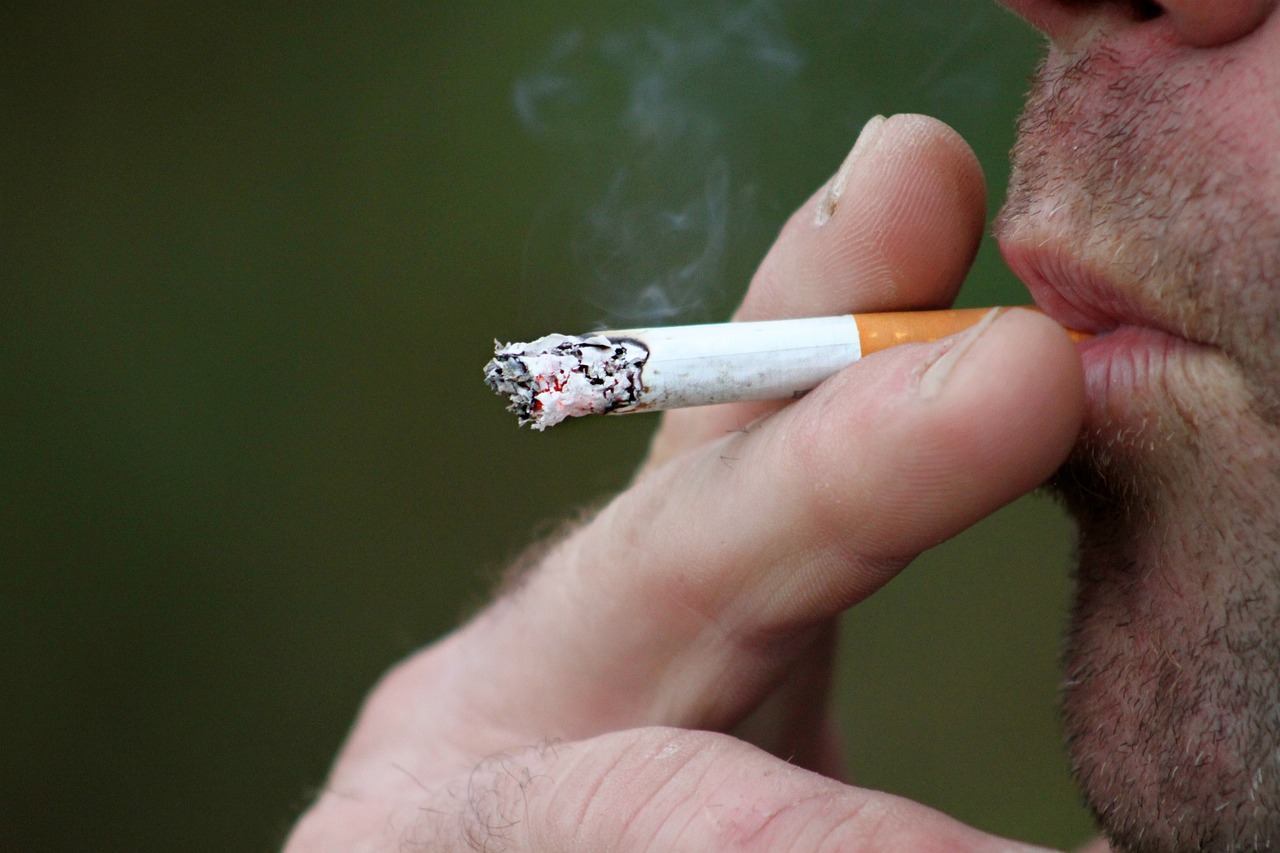Anorgasmia: Barriers to Sexual Satisfaction

Anorgasmia is a sexual dysfunction characterized by an inability to achieve orgasm, even though sexual stimulation is sufficient and the individual has a strong desire for sexual activity. This disorder can affect both women and men and can occur at any age. Although it is a relatively common issue, many misconceptions and myths still surround it.
Main Types of Anorgasmia
Anorgasmia can take several forms, which can be divided into four main categories:
- Primary anorgasmia: The individual has never experienced an orgasm in their lifetime.
- Secondary anorgasmia: The individual previously experienced orgasms but is now unable to.
- Situational anorgasmia: Orgasm can only be achieved under certain conditions or situations, such as with a specific partner or during a particular sexual activity.
- Generalized anorgasmia: Orgasm cannot be achieved in any situation or with any partner.
Causes of Anorgasmia
The causes of anorgasmia can vary and often involve a combination of physical, psychological, and social factors:
- Physical causes: Include health conditions such as diabetes, neurological disorders, hormonal imbalances, chronic illnesses, and side effects of medications.
- Psychological causes: Depression, anxiety, stress, trauma, low self-esteem, and relationship issues can significantly impact the ability to achieve orgasm.
- Social and cultural factors: Sexual education, cultural and religious beliefs that create negative attitudes towards sex can also play a role.
Why Is Anorgasmia More Common in Women?
Statistics show that the inability to achieve orgasm is more common among women than men. Studies suggest that up to 10-15% of women may have difficulties achieving orgasm, while this issue is less frequent among men. The reasons may include physical, psychological, and social factors.
Anorgasmia is more common in women than men for several reasons, including physical, psychological, social, and cultural factors. Female anatomy is more complex, which can make achieving orgasm more challenging. The clitoris, which is the main organ for achieving orgasm in women, is not always stimulated during sexual intercourse. Unlike men, who typically achieve orgasm through penetration, many women require direct clitoral stimulation.
Hormonal influences also play a significant role. Women go through various hormonal cycles, such as menstruation, pregnancy, and menopause, which can affect their sexual desire and ability to achieve orgasm. Hormonal imbalances can reduce sexual desire and affect the ability to experience orgasm.
Psychological factors are another important aspect. Women are more prone to depression, anxiety, and stress, which can negatively impact their sexual function. High levels of stress and psychological issues can lead to an inability to relax and achieve orgasm. Past trauma, such as sexual abuse, can also have long-term negative impacts on women’s sexual health.
How Anorgasmia Is Diagnosed and Treated
Diagnosis typically begins with a detailed medical history, which includes questions about sexual history, health status, mental state, and relationships. The doctor may also recommend a physical examination or laboratory tests to rule out physical causes.
- Medical History: The doctor begins with a detailed conversation with the patient, focusing on sexual history, health status, mental state, and relationships. Questions may relate to the frequency and quality of sexual activities, the presence of sexual desire, past experiences with orgasm, and any changes in sexual behavior.
- Physical Examination: This includes a physical examination to rule out physical causes of anorgasmia, such as hormonal problems, neurological disorders, or other health conditions. For women, this examination may include a gynecological exam, while for men, it may include a urological examination.
- Laboratory Tests: The doctor may recommend blood tests that can detect hormonal imbalances or other physical issues that could be affecting the ability to achieve orgasm.
- Psychological Evaluation: If physical causes are ruled out, the patient may be referred for a psychological assessment. A psychologist or sexual therapist can assess the presence of depression, anxiety, stress, or other psychological issues that might contribute to anorgasmia.
Treatment of anorgasmia depends on the identified causes and may include:
Medical Treatment: If anorgasmia is caused by physical problems, such as hormonal imbalances, the doctor may prescribe hormone therapy or adjust medication that might be negatively impacting sexual function. In some cases, treatment of underlying health issues may be necessary. Additionally, a medication called Lovegra, designed to treat sexual dysfunctions in women, contains sildenafil, the same active ingredient used in Viagra for men, and helps improve blood flow to the pelvic organs, which can enhance sexual arousal and ability to achieve orgasm.
Psychotherapy: Psychological treatment, such as cognitive-behavioral therapy (CBT), can help patients address psychological barriers, such as anxiety, depression, or trauma. Therapy may also include techniques for managing stress and improving overall mental health.
Sexual Therapy: Sexual therapists can provide specific advice and techniques focused on increasing sexual arousal and the ability to achieve orgasm. This may include exercises to increase sensitivity, techniques to improve communication with a partner, and recommendations regarding sexual positions and stimulation.
Relationship Therapy: If relationship issues are causing anorgasmia, couple’s therapy may be helpful. The therapist can help couples improve communication, address conflicts, and enhance intimacy and trust in the relationship.
How to Recognize Anorgasmia Without Visiting a Doctor
Anorgasmia is a condition where an individual is unable to achieve an orgasm, whether during sexual activity with a partner or during masturbation, despite sufficient sexual arousal. Here are several symptoms and factors that may indicate you are suffering from anorgasmia:
- Absence of orgasm: The main symptom is the inability to achieve an orgasm during sexual activity, despite adequate stimulation and sexual arousal. This can include both intercourse and other forms of sexual activity, such as oral sex or manual stimulation.
- Low intensity of orgasm: Some people may achieve an orgasm, but may feel that it is less intense or satisfying than before. This can also be a sign of anorgasmia.
- Long duration of stimulation: If you require a very long period of intense stimulation to achieve an orgasm, this may also be a sign of anorgasmia.
- Situational anorgasmia: The inability to achieve an orgasm only under certain circumstances, such as only during intercourse but not during masturbation, can be a form of anorgasmia.
Conclusion
Anorgasmia is a complex problem that can have many causes and can significantly affect the quality of life. It is important for individuals suffering from this disorder to seek professional help and to ensure adequate support from healthcare professionals and loved ones. Open discussion about sexual health and understanding these issues can lead to better understanding and more effective solutions for anorgasmia.
If you suspect you are suffering from anorgasmia, it is important to seek help and not to remain alone with this problem. Proper diagnosis and treatment can significantly improve your sexual life and overall well-being.
Related articles









